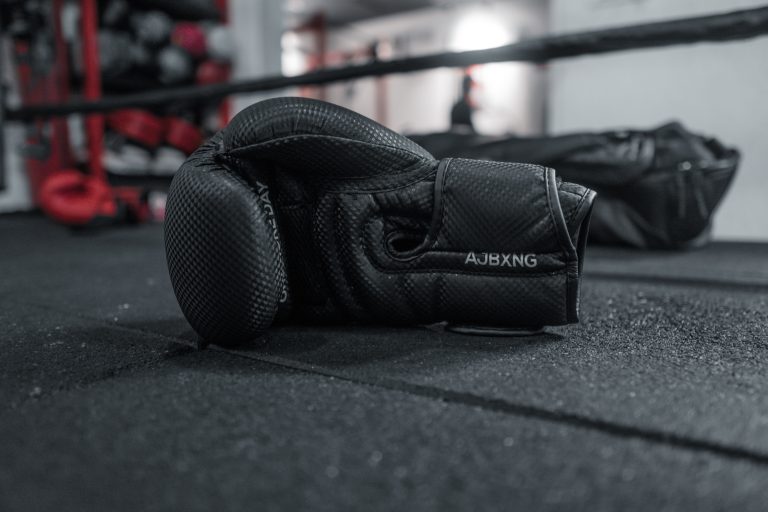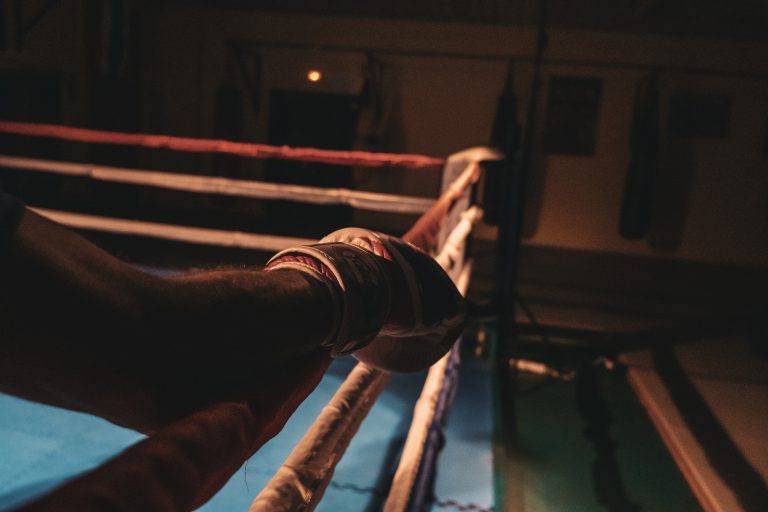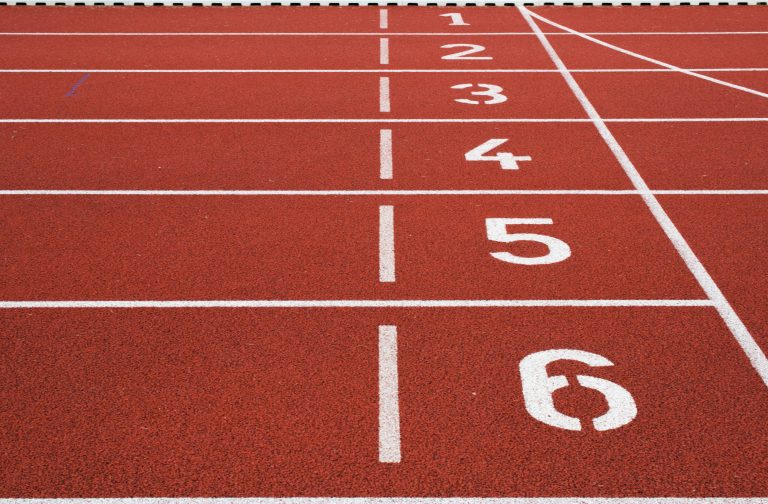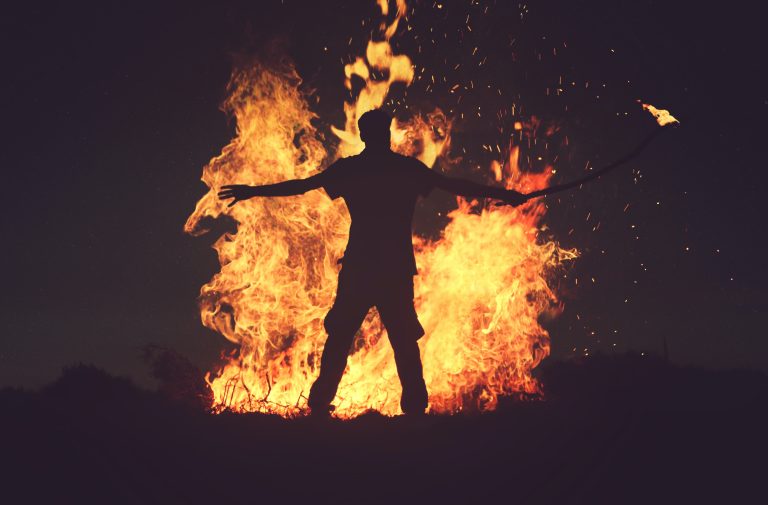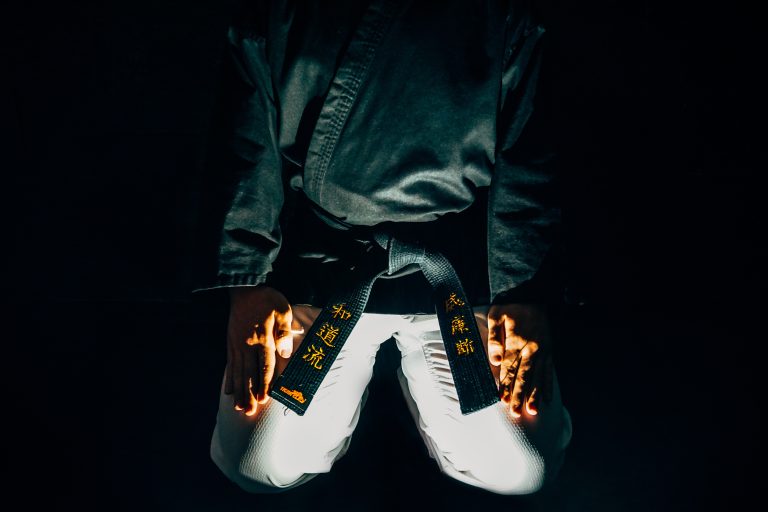What Are the Basic Karate Moves?
Are you planning on starting karate training? Or are you just curious about what are the basic karate moves that karate practitioners use in their martial art?
Karate is the ancient martial art that originated in Okinawa, Japan, and has become one of the most popular martial arts in the world. It focuses on using punches, kicks, and strikes to inflict damage on one’s opponent.
In this blog post, we’ll dive into the basic karate moves that you need to know to become a skilled karate practitioner.
The Basic Stances
Stances are fundamental postures that you use in karate. Here, we’ll cover four of the most basic stances:
Horse Stance (Kiba Dachi)
This stance is the most basic posture in karate. Begin by standing with your feet shoulder-width apart, then bend your knees, and sink down into a squatting position. Your arms should be held in front of your chest with your fists clenched.
Front Stance (Zenkutsu Dachi)
This stance is used for forward movement. Start with your feet shoulder-width apart, step forward with one foot, keep your knees slightly bent, and your back leg fully extended. Your front leg should be bent, and your back leg should be straight. Your arms should stay at your side.
Back Stance (Kokutsu Dachi)
This stance is used for backward movement. Start with your feet shoulder-width apart, step backward with one foot, and turn the toes of your back foot slightly outwards. Bend your knees while keeping your back leg straight. Your front leg should be slightly bent, and your arms should be naturally held at your side.
Cat Stance (Neko Ashi Dachi)
This stance is used for quick movements. Start with your feet shoulder-width apart, step forward with one foot, and place it down in front of the other foot so that your heels touch. Turn your front foot slightly inward, bend your knees, and lift your back heel.
The Basic Punches
Now, let’s move on to the basic punches that you should know:
Straight Punch (Choku Zuki)
Start in your front stance, then draw your back fist across the chest and extend it out in front of you. Keep your hand straight when you punch, and be sure to use your hips to generate more power.
Round Punch (Mawashi Zuki)
Start in your front stance, then bring your rear fist around and across your body before punching. Rotate your hip and twist your punch so that your knuckles are facing upward.
Upper Cut (Age Zuki)
Start in your horse stance with your fists clenched below the ribcage. Then, bring your dominant fist up to your chin and punch upward while using your hips for extra power.
The Basic Kicks
Lastly, let’s take a look at the basic kicks used in karate:
Front Kick (Mae Geri)
Start in your front stance, lift your forward knee, extend your leg, and then snap your foot forward to deliver a front kick.
Roundhouse Kick (Mawashi Geri)
Begin in your front stance, pivot your back foot, extend your leg, and then whip your leg around to deliver a roundhouse kick.
Side Kick (Yoko Geri)
Start in your front stance, then lift your rear leg and pivot it to the side, extending it into a side kick. This move is usually aimed at your opponent’s midsection.
The Bottom Line
Karate is a beautiful and ancient martial art that requires years of practice and dedication to master. However, these basic karate moves will set you on your way to becoming a seasoned practitioner.
Remember, proper stance, posture, and technique are essential when practicing karate. And also, don’t forget to consult with a qualified karate master to ensure that you’re performing these moves correctly.
Practice hard and enjoy the journey of discovering the beauty of this martial art!
What are the basic karate moves?
Karate is a form of martial art that originated in Okinawa, Japan. It is one of the most well-known forms of martial art in the world. Karate involves a combination of kicking, punching, and blocking techniques, along with mental and physical discipline. If you are new to karate, you may be wondering about the basic karate moves. Here are the answers to some of the most frequently asked questions about this topic.
What are the basic stances in karate?
Stances are fundamental to karate. Proper stance helps with stability, balance, and strength. Here are some of the most common stances in karate:
1. Zenkutsu dachi (front stance): This stance involves stepping forward with one foot and keeping the other foot behind. The feet should be shoulder-width apart, and the front foot should point straight ahead while the back foot should point slightly outward. The front knee should be bent, and the back leg should be straight.
2. Kokutsu dachi (back stance): This stance involves stepping backward with one foot and keeping the other foot forward. The feet should be shoulder-width apart, and the front foot should point straight ahead while the back foot should point slightly inward. The front knee should be bent, and the back leg should be straight.
3. Kiba dachi (horse stance): This stance involves standing with the feet shoulder-width apart and the toes pointed slightly outward. The knees should be bent, and the thighs should be parallel to the ground.
What are some basic blocks in karate?
Blocks are used to defend against attacks from an opponent. Here are some of the most common blocks in karate:
1. Age uke (upper block): This block involves raising one arm upward to block an attack to the head or neck.
2. Gedan barai (downward block): This block involves sweeping one arm downward to block an attack to the lower body.
3. Soto uke (outside block): This block involves blocking an attack to the side by moving one arm across the body.
What are some basic kicks in karate?
Kicks are used to attack an opponent or defend against an attack. Here are some of the most common kicks in karate:
1. Mae geri (front kick): This kick involves kicking forward with one leg, keeping the knee straight, and pulling the foot back quickly.
2. Yoko geri kekomi (side thrust kick): This kick involves thrusting the side of the foot into an opponent’s side.
3. Mawashi geri (roundhouse kick): This kick involves kicking with a circular motion to strike an opponent’s head or body.
What are some basic punches in karate?
Punches are used to attack an opponent or defend against an attack. Here are some of the most common punches in karate:
1. Gyaku zuki (reverse punch): This punch involves punching forward with the arm that is opposite to the leg that is forward.
2. Oi zuki (lunge punch): This punch involves stepping forward with one foot and punching with the arm that is on the same side as the forward foot.
3. Tate zuki (vertical punch): This punch involves punching upward with a vertical fist.
How to Do Basic Karate Moves: A Step-by-Step Guide
Karate is a martial art that originated in Okinawa, Japan in the early 20th century. It emphasizes striking techniques, such as kicks and punches, and is known for its use of powerful, direct movements. Whether you’re a beginner looking to get started with karate or an experienced practitioner looking to refine your technique, mastering the basic karate moves is essential. In this comprehensive guide, we’ll walk you through each basic karate move, step-by-step.
1. The Front Punch (Jab)
The front punch, also known as a jab, is one of the most fundamental moves in karate. It involves striking your opponent with your lead hand in a quick, straight motion. To perform a front punch:
1. Start in a fighting stance with your feet shoulder-width apart and your dominant foot in the back.
2. Bring your lead hand (the hand closest to your opponent) up to your shoulder, with your palm facing down. Your other hand should be in a guard position in front of your face.
3. Extend your lead arm straight out, rotating your forearm so that your palm faces the floor as you strike your opponent.
4. As you punch, exhale sharply through your nose, tightening your core muscles for added power.
5. Quickly retract your arm back to guard position.
2. The Front Kick
The front kick is another basic karate move that involves striking your opponent with your foot. It’s a powerful strike that can be effective when executed correctly. To perform a front kick:
1. Start in a fighting stance with your feet shoulder-width apart and your dominant foot in the back.
2. Lift your knee towards your chest, while keeping your toes pointed down.
3. Extend your leg out straight, striking your opponent with the ball of your foot.
4. As you kick, exhale sharply through your mouth, tightening your core muscles for added power.
5. Quickly return your leg back to your body’s center.
3. The Roundhouse Kick
The roundhouse kick is one of the most powerful and versatile moves in karate. It involves striking your opponent with the shin, knee or foot in a circular motion. To perform a roundhouse kick:
1. Start in a fighting stance with your feet shoulder-width apart and your dominant foot in the back.
2. Pivot on your dominant foot, turning your body sideways to your opponent.
3. Lift your kicking leg up, turning your hip over so that your knee is pointing towards your opponent.
4. Extend your leg out in a circular motion, hitting your opponent with your shin or the top of your foot.
5. As you kick, exhale sharply through your mouth, tightening your core muscles for added power.
6. Bring your kicking leg back to the floor to complete the move.
4. The Side Kick
The side kick is a powerful move that is effective in close-range combat. It involves striking your opponent with the heel of your foot. To perform a side kick:
1. Start in a fighting stance with your feet shoulder-width apart and your dominant foot in the back.
2. Lift your non-dominant leg up, turning your hip over so that your knee is pointing towards your opponent.
3. Extend your leg out in a straight line, striking your opponent with the heel of your foot.
4. As you kick, exhale sharply through your mouth, tightening your core muscles for added power.
5. Bring your kicking leg back to the floor to complete the move.
5. The Backfist Strike
The backfist strike is a quick and powerful move that involves striking your opponent with the back of your hand. To perform a backfist strike:
1. Start in a fighting stance with your feet shoulder-width apart and your dominant foot in the back.
2. Bring your non-dominant arm up to your chin, with your elbow bent and your palm facing down.
3. Pivot on your back foot, turning your body sideways to your opponent.
4. Quickly snap your arm forward, striking your opponent with the back of your hand.
5. As you strike, exhale sharply through your mouth, tightening your core muscles for added power.
6. Quickly retract your arm back to guard position.
Conclusion
The basic karate moves are essential for any practitioner looking to master the art of karate. From the front punch to the backfist strike, each move requires precision, speed, and power. By following the step-by-step instructions above and practicing consistently, you can improve your technique and become a more effective fighter. Remember to always train under the guidance of a certified karate instructor and never engage in unnecessary violence.
Inhaltsverzeichnis

